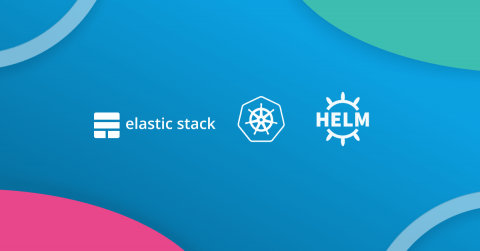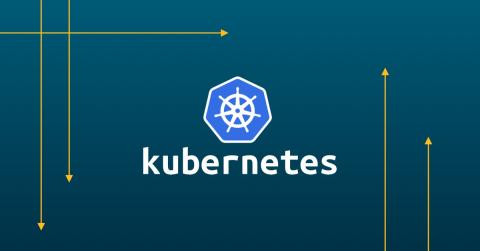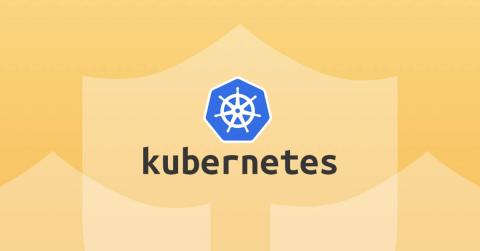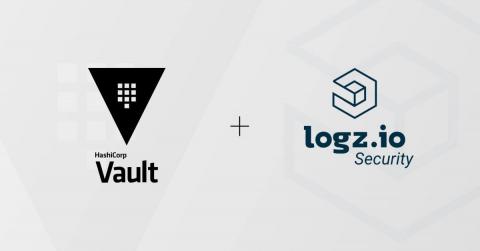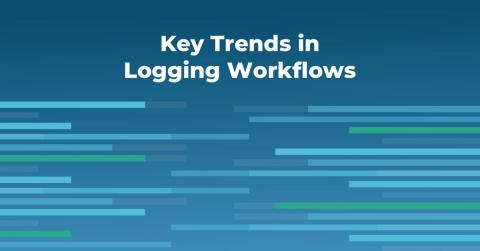The Top 10 DevOps Trends of 2019
At Logz.io we’re always keeping tabs on the latest and greatest in the DevOps world, for the benefit of both our own engineering team and for the teams that use our products. As the days get shorter and colder, we decided to look back on 2019 and share the top trends we’ve seen in 2019 so far. The acronym “CALMS” (Culture, Automation, Lean, Measurement, Sharing) is a helpful way to structure thinking about DevOps tools and techniques.





